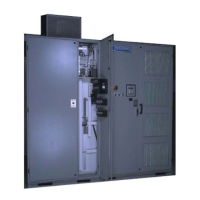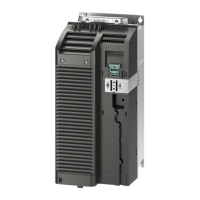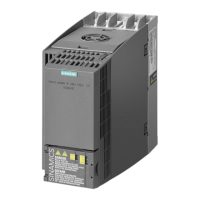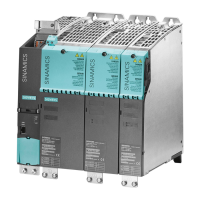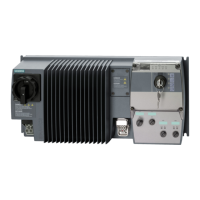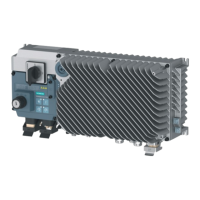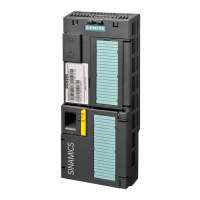rr
1
9&%
9%$9$&
&%
$
$
$
$
r
&
&
&
&
&
%
%
%
%
%
Figure 7-6 Drive Output rebalanced using neutral shift
This neutral shift approach can be applied to more extreme situations.
Using neutral shift after loss of three cells
This example shows a 15 cell drive: ve cells remain in phase A; one cell has failed in phase B; two
cells have failed in phase C.
Without neutral shift, all phases would need to be reduced to match the cell count of phase C to
maintain balanced motor voltages. 1 functional cell would be bypassed in phase B, and two
functional cells would be bypassed in phase A. Only 60% of the original cells would remain in
use, and only 60% of the original voltage would be available.
With neutral shift only the failed cells are bypassed. The phase angles of the cell voltages have
been adjusted so that phase A is displaced from phase B by 96.9° and from phase C by 113.1°,
instead of the normal 120°. The star-point of the cells no longer coincides with the neutral of the
motor voltages, but the motor voltage is balanced. 80% of the cells are in use, and 70% of full
voltage is available.
rr
9&%
9%$9$&
&%
$
&
&
&
$
$
$
$
$
%
%
%
%
Figure 7-7 Drive Output after loss of 3 Cells
Operating the Control
7.4 Cell Bypass
NXGPro+ Control Manual
188 Operating Manual, A5E50491925A
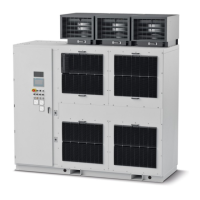
